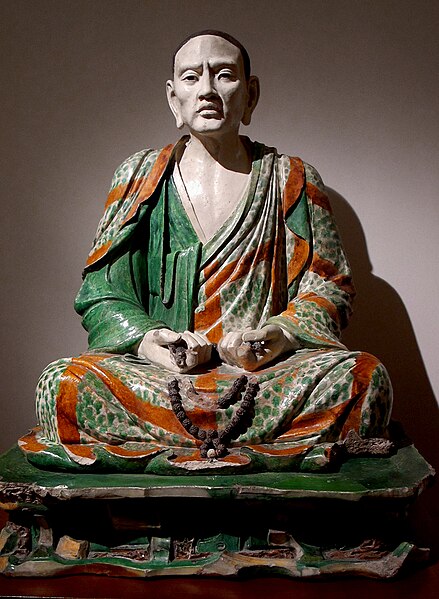This pot was probably made in the early years of her career at the Yixing factory, may be around the 70s or 80s. This is because the characters China Yixing were inscribed at the base of the pots. On the inside of the lid 2 small Chinese characters Honghua were inscribed.
The name of this pot is known as lady's shoulder due to the slim body and fine handle and sprout. The zisha is of a dark brown colour which looks slightly reddish. When I bought this pot, I did not know that the potter was Chang herself. bought it as I knew it was an old pot probably made in the 70s or 80s. One day when I was flipping through a teapot magazine, I found a photograph of this pot and the name Chang Honghua beside the photo. I began to examine the teapot closely and found these 2 characters Honghua inscribed at the underside of the lid. It was indeed a joy to own a pot made by a great potter. At today's market price, I don't think I can afford such a pot.
Today potters seldom put the characters China Yixing at the base of the pots, let alone renown potters and senior craftmasters whose works are highly sought after.



















